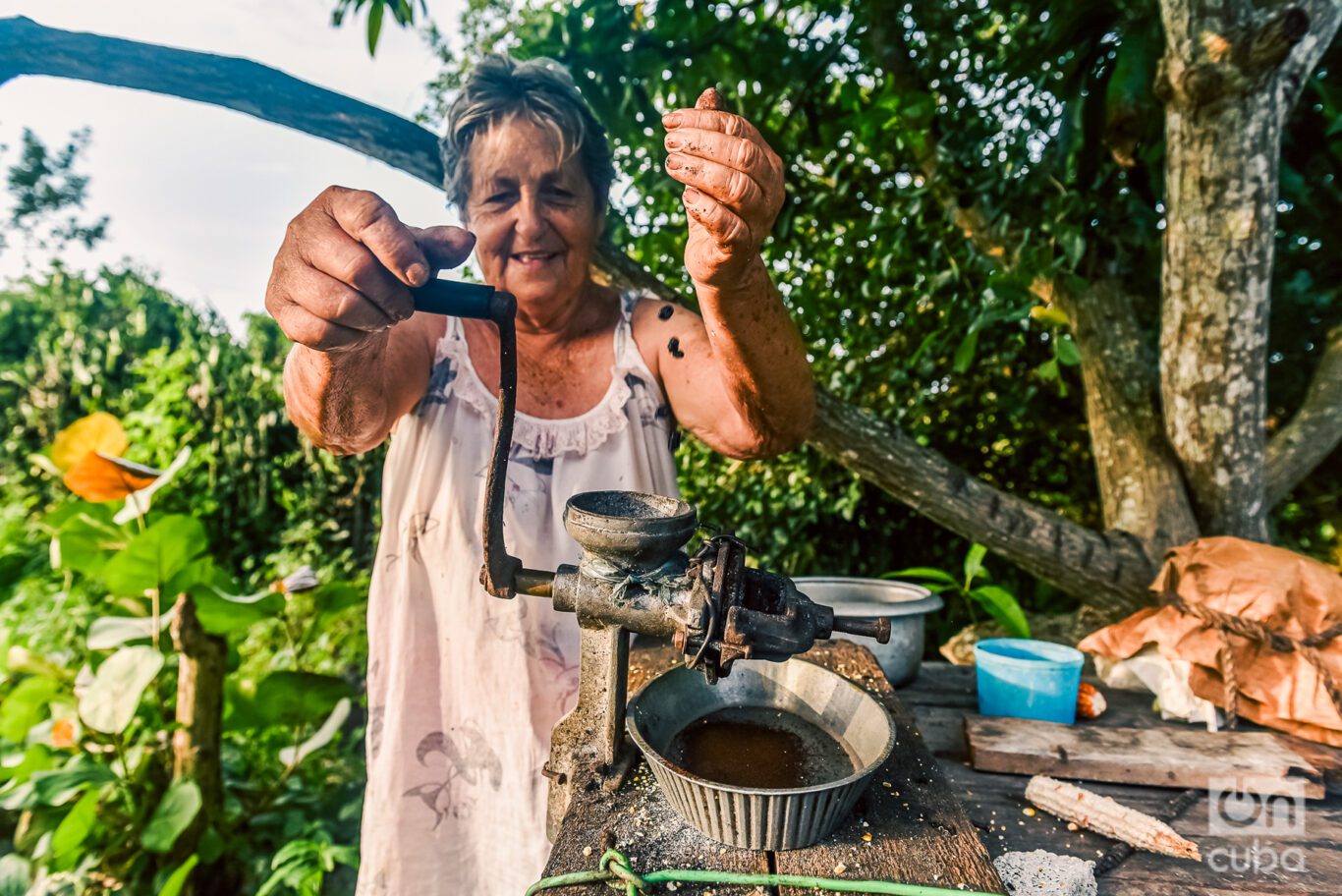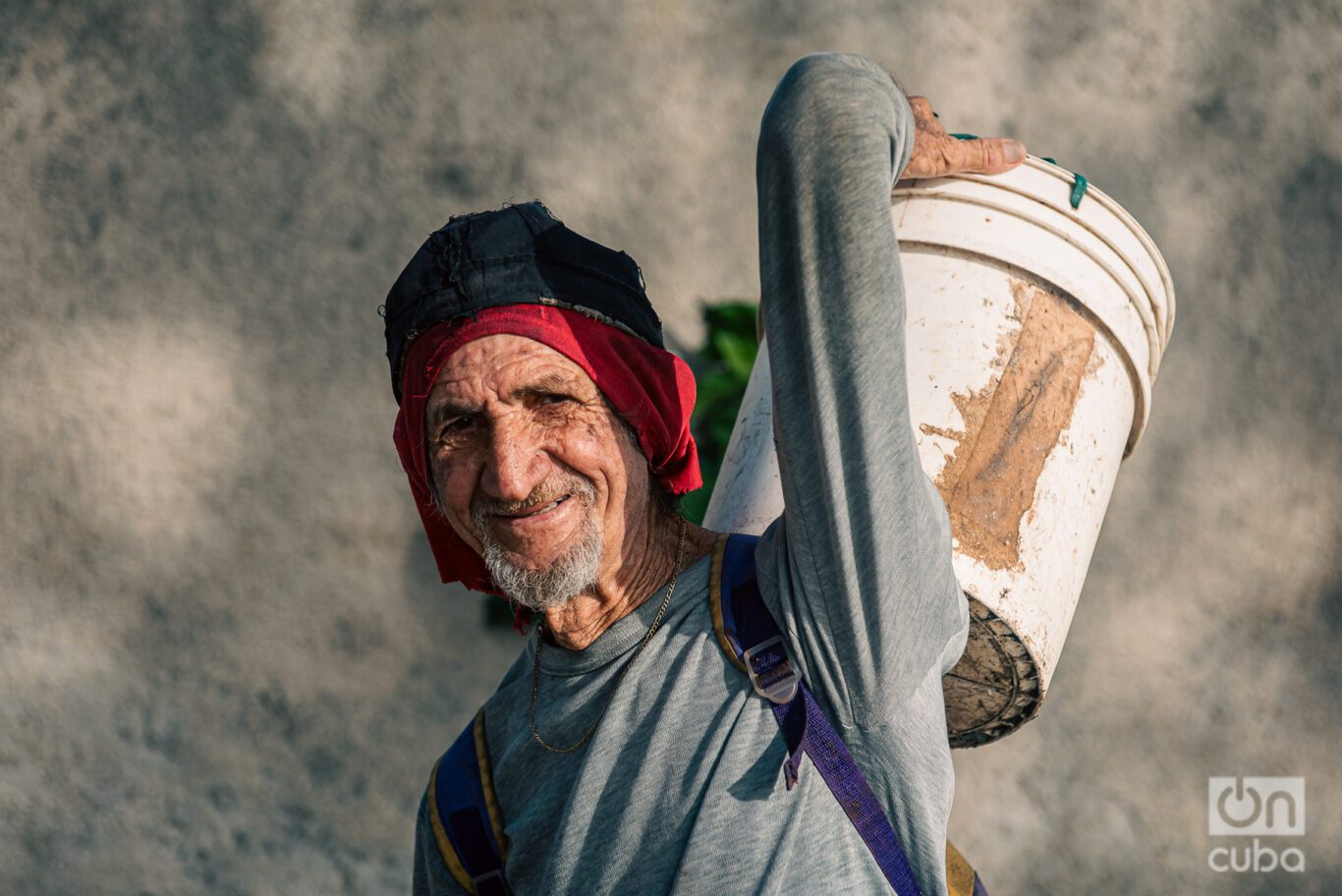Today around 800,000 people are living in Cuba who receive no more than 1,500 pesos per month as income. Converted to USD, considering any of the three rates used today in our country, and dividing by the 30 days of a month, it would give us the following values respectively:
- At the rate of 25 CUP per dollar: 2 USD/day.
- At the rate of 120 CUP per dollar: 0.41 USD/day.
- At the rate of 395 CUP per dollar: 0.12 USD/day.
Assuming a stable population in the country of 10 million inhabitants, those 800,000 people are equivalent to 8% of the population.
The United Nations estimates that the extreme poverty line is 2.15 USD/day in purchasing power parity (PPP) terms. The results shown in sections a, b, c are not considered in terms of PPP, so it should be taken into account that there are differences. However, it is possible to think that these 800,000 people are very close to or below the limit considered by the United Nations.
It is not that I delight in “how bad we are” that I resort to these figures. I have done so only to illustrate how urgent it is to put a stop to inflation, its spiraling dynamic, which has practically become an unbridled gallop.
This unbridled dynamic affects everyone, it is true; but fundamentally those with lower incomes, retirees, pensioners, and a great many wage earners.
Inflation and its dynamics have also become the number one enemy of business stability; for everyone: in the state, from the private to those who keep foreign investors in Cuba; because it generates uncertainty in the future, with the consequent loss of confidence and withdrawals from trade and investment.
Although the most orthodox current in economics maintains that inflation is a strictly monetary phenomenon, there seem to be other reasons that explain at least part of the phenomenon.

In the case of the current Cuban economy, many economists have pointed out among its causes not only strictly monetary issues, such as the increase in the amount of money in circulation, uncontrolled monetary issuance, etc. They also mention reasons associated with the real economy that point to structural causes of the phenomenon, from those related to the weakness of supply and national production to those that have to do with the expectations of “informal” operators, fueled by both the uncertainty in the future as well as the possibility of achieving “large profits” by taking advantage of the opportunity that this unstructured market offers them.
Today the three major agents of the economy — families, enterprises, and the State — are trapped and caught in the phenomenon that is inflation.
Without a doubt, the main responsibility falls on that same monetary authority that has preferred — or has had no choice but to — leave the money market in the hands of these informal operators, and has facilitated the exchange rate signals being issued based on “buying and selling intentions” and not actual operations.
And that exchange rate, that of El Toque, without being the cause of inflation, does feed it day by day because it moves the expectations of buyers and sellers upward, which is a “rational” behavior within irrationality and oligopolization of the Cuban exchange market.
What is happening today reminds me of what happened in 2001 with the attack on the Twin Towers. After the attack, informal operators began to “promote” an exchange rate very different from the one CADECA maintained. They did this for two or three days; however, they could not move the price of the dollar, among other reasons because CADECA withstood the challenge and this prevented the appreciation of the USD. It is true that today the situation is very different and CADECA is barely breathing, while the banks have already collapsed.
But let’s return to that rate that governs the Cuban informal exchange market. Let’s suppose the rate stops being published starting tomorrow; likely, those who bid and those who want to buy will once again use a website like Revolico, as was done before the rate that is announced in El Toque.

How the value of the rate is set may be more “democratic” then, but the attendance would lead to a rate that may not be the value of the mean of the series of values of the multiple buying and selling intentions, but that would generate an environment in which some of those operations would be carried out.
So, as in the pre-Toque era, whoever wants to know the rate will ask: How much is the dollar in Revolico? In this case there would also be no way of knowing whether these operations are carried out or not, but there would be a reference value “emerging” from that market. The Revolico exchange rate!
It would have to be said that in that case, the problem would not be in Revolico, but in the existence of a regulatory vacuum, in the absence of an adequate exchange regimen and a reliable exchange market; in the lack of adequate intervention instruments in the money market, in the inability to find “anchors” that stop inflationary dynamics; in the inconsistency of the economic policy that seeks to control inflation without cutting budgetary expenses.
Quite the opposite happens: economic policy raises import tariffs for revenue purposes and imposes a 10% tax on imports for the same purpose with negative effects on the supply of goods and the final prices of those goods, which keeps the right of SMEs to receive foreign direct investment in the procedural limbo sphere for more than two years.
It is an economic policy that has not managed to thread a productive development policy in the country in the last eight years and denies SMEs the possibility of using land for agricultural production; that has fallen into debt again after having achieved a successful renegotiation of the foreign debt in 2015; which has maintained, against the evidence and needs, investment rates of less than 4% in agriculture, less than 1% in fishing and less than 2% in the sugar cane industry for more than six years and takes all the time in the world to reform the state enterprise that it recognizes as essential.

Can we expect under these conditions not to experience a situation of rampant inflation and economic stagnation? Is there a better breeding ground for these informal market rates to thrive?
It is also obvious that there are no objective reasons or signals in the real economy for those who participate in this market to change their expectations to increase the exchange rate. This is not a minor detail in the conditions of the “Cuban exchange market.” And these expectations are fueled by the sustained upward trend in the exchange rate, they serve as a signal to both suppliers and demanders of dollars and have become “price makers” for final goods.
It seems that our practice is permanently at the antipode of Occam’s Law, which states that, other things being equal, the simplest solution is also usually the most probable. It wouldn’t hurt, from time to time, to resort to Occam’s razor to try to get out of these complex situations.
But while we agree on the validity of the rates and their estimation methods, while we discuss whether it is politically appropriate to open more space to the non-state sector, while we fill the stomachs of our computers with new methodologies and a whole series of distortions and measurements, those 800,000 human beings that we mentioned at the beginning see their situation worsen, day after day, without an adequate response to their essential problem.











Excelente exposicion de la triste situacion economica de nosotros los jubilados que participamos en todos los logros que este gobierno cosecho, y que ese mismo gobierno .nos ha tirado al abandono, porque nadie vive dignamente con estas pensiones.